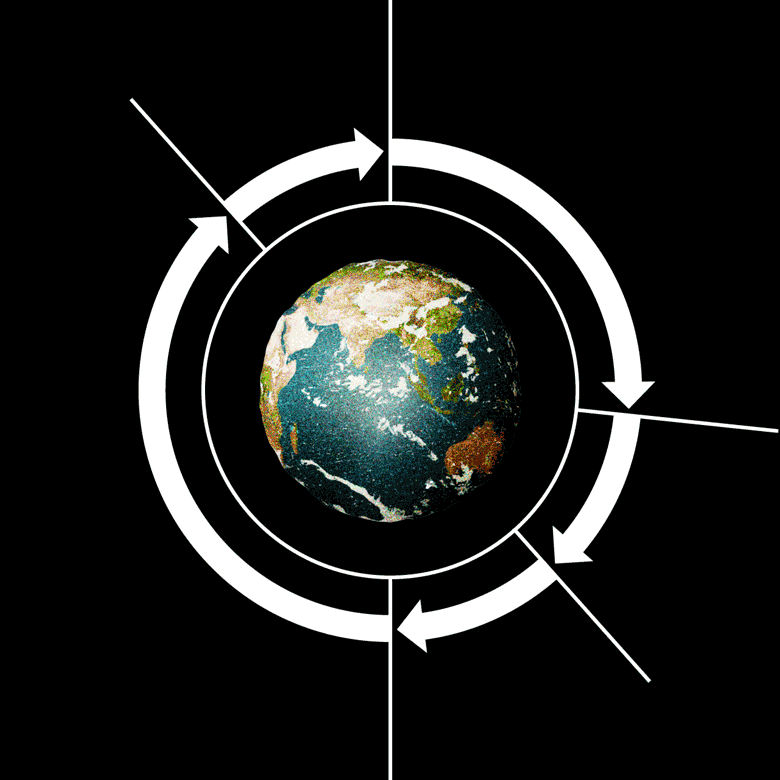Circular solutions.
We think long term, challenge ingrained thought patterns, and view circularity as the only straight way forward. We want to meet the increased demand for new products and solutions that both last over time and can be reused or recycled. Our work with development and design is therefore based on a number of circular design principles focusing on a long-term perspective and a clear future perspective.
OUR TARGETS:
- to create and implement circular business models.
- to enable newly developed products to be repaired, refurbished, reused or recycled.
![]()
UN goal No. 12
Responsible consumption and production
By 2030, we need to substantially reduce waste generation and achieve sustainable management and efficient use of natural resources. We want to contribute to sustainable consumption patterns and production practices, and with new business models where we think anew and innovatively will make a significant difference.
12.2 Sustainable management and use of natural resources
Through new business models, we can contribute to an efficient use of natural resources.
12.5 Substantially reduce waste generation
We shall prevent and reduce waste generation with our design, use reused/recycled materials in our products, and ensure that these can be recycled at end-of-life.
What are we doing to achieve our targets?
With a circular mindset, we can reuse and recycle resources in a more sustainable and long-term manner. Our Re:Furbish initiative updates yesterday’s designs and technologies with today’s advances and innovations to meet tomorrow’s demands. The Re:Furbish concept allows us to renew, reuse, and rebuild existing lighting solutions. With new LEDs and intuitive lighting control via Organic Response, a lot of energy can be saved while the lighting can be adapted to the current needs of the business and can improve light quality as well as light comfort.
One example is Greenhouse Solna Strand, a sustainability project being run by Humlegården Fastigheter AB, where 2,700 old luminaires are being refurbished – with an environmental saving of as much as 75 tonnes of carbon dioxide. The new luminaire parts are tested at our laboratory and rebuilt and modernised on-site, and upgraded to modern presence- and daylight-controlled LED luminaires with Organic Response.
Kvisten is a luminaire built from both renewable material and reused plastic. By reusing reflectors from old TVs, we found a new and climate-friendly material source. The reused reflectors are removed when the TVs are dismantled at end of life, and are then sent to our supplier who cuts them to size for their new function in Kvisten. By thinking circularly, we create synergies with other industries while reducing our use of fossil based and virgin materials.
We want to make a difference and drive the transition to a more circular construction industry and property sector in Sweden, which is why we have joined the Center for Circular Building (CCbuild). It is an arena where the industry meet and collaborate on recycling and circular material flows in construction, demolition, and management. Through the platform, it is also possible to learn more about Fagerhult’s circular concept Re:Furbish. CCBuild is led by IVL Swedish Environmental Research Institute and is developed in broad collaboration with the construction industry.
Unfortunately, our products cannot exist forever. Therefore, it is vital that a luminaire at the end of its product life cycle, can be recycled and that the materials are used to create new products. The luminaire should at end-of-life be recycled and sorted as electrical and electronic waste, this way the right conditions are provided to make use of as much material as possible. In the Swedish market, El-Kretsen is responsible for the recycling of electrical and electronic waste and on their website, it is possible to find further information on how luminaires are recycled at end-of-life. In other markets, we have collaborations with similar organisations, through which we fulfill our producer responsibility as regulated in the WEEE directive.
When extruded aluminium luminaires are recycled, the properties of the material often undergo downgrading, and the material is then used in die casting, for example. We started a pilot project in connection with Telenor Norway’s ambition to achieve more efficient energy use at its offices in Oslo. We then had an opportunity to reclaim a large number of Notor luminaires to explore the possibilities of recycling and circular processes.
The pilot project was carried out in collaboration with Hydro Extrusion Sweden, a leading aluminium and energy company striving for a sustainable future with the aim of creating viable communities and developing natural resources into innovative products and solutions. Throughout the collaboration, circular processes and sustainable innovations have been explored with a focus on how Fagerhult can take new steps beyond the norm and the expected. Together, we have been able to push the boundaries of what has previously been possible – and we have taken a major step towards processes in which extruded aluminium luminaires can be handled circularly in the future.

Our life-cycle assessments (LCA) show that, if the user chooses fossil fuel-free electricity, the materials account for about 85% of the luminaire’s climate impact over the life cycle. To reduce the impact of the materials, we strive to create and implement circular business models. We also want to ensure that newly developed products are made of materials that can be repaired, refurbished, reused, or recycled.